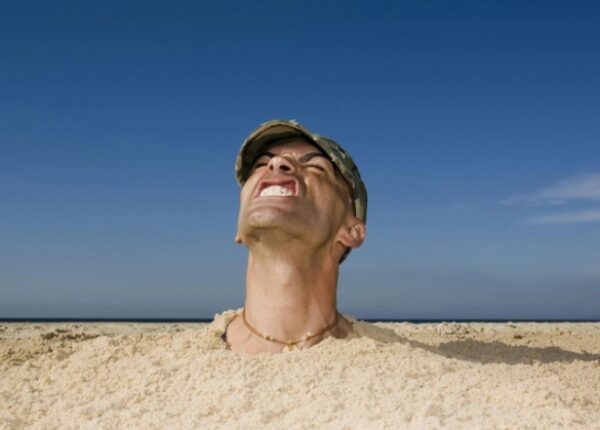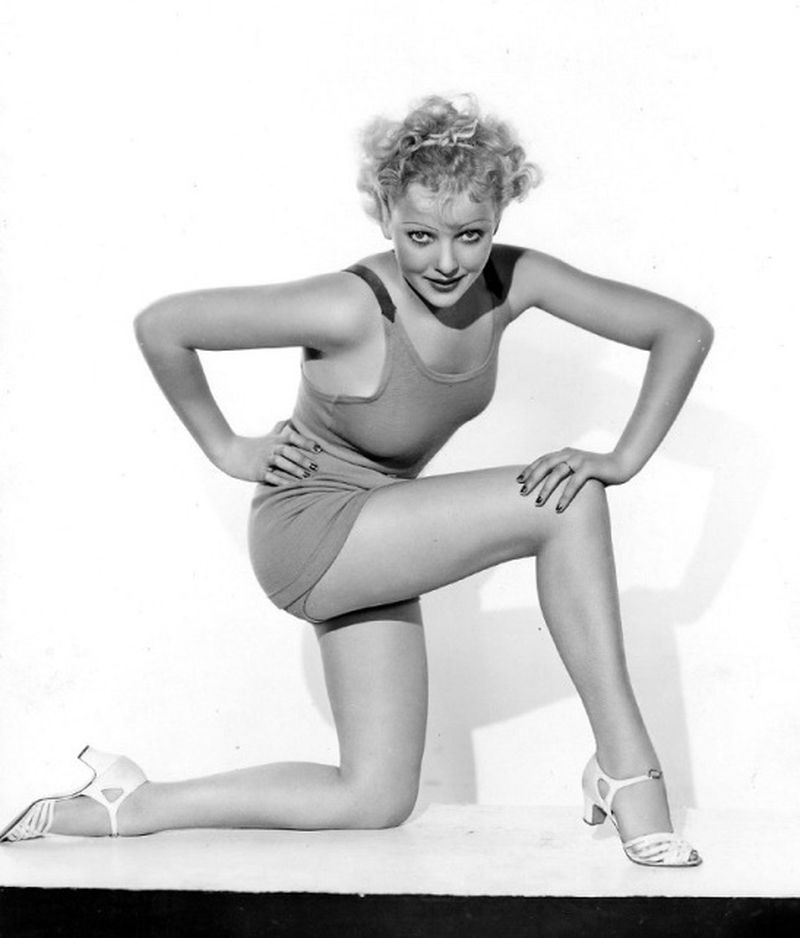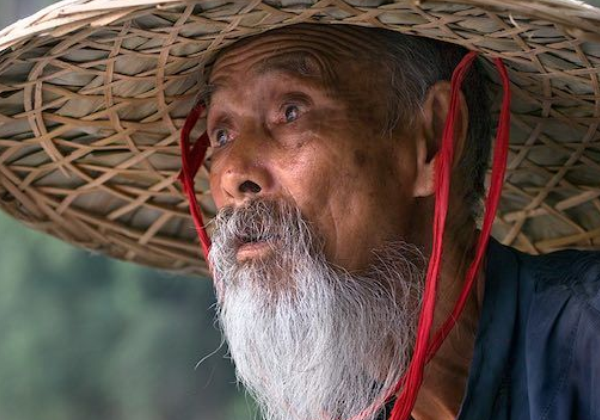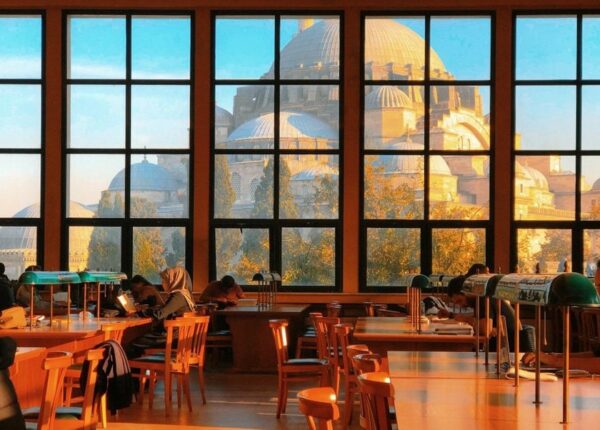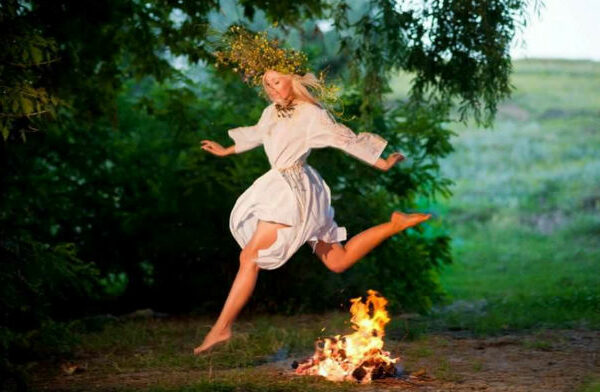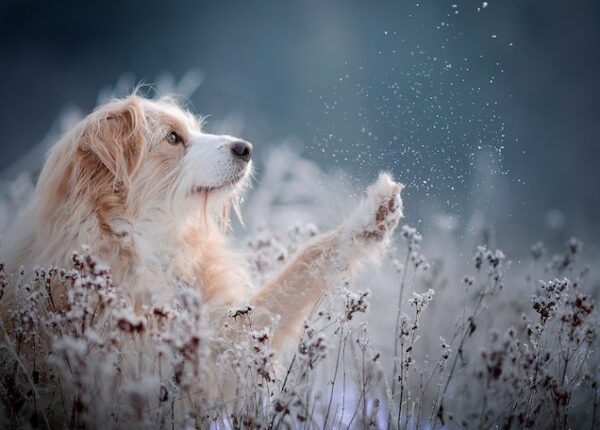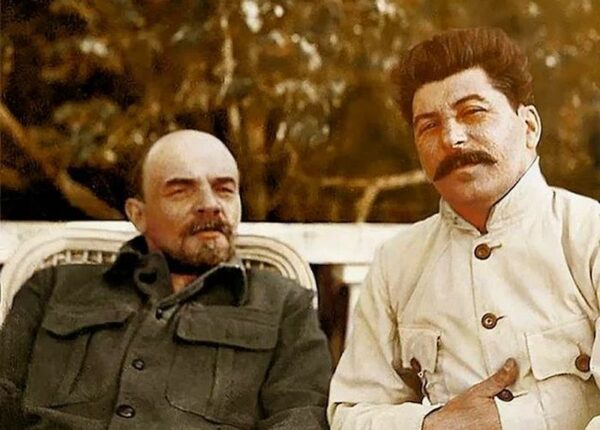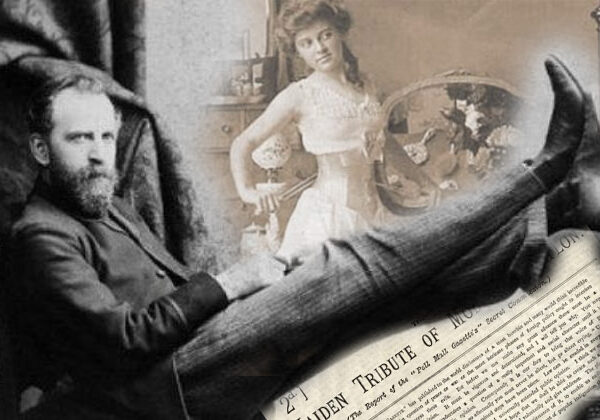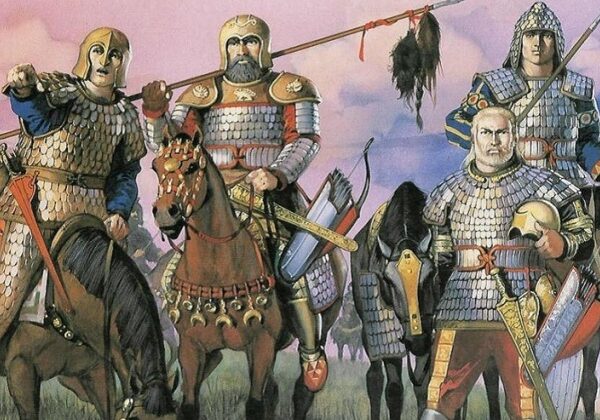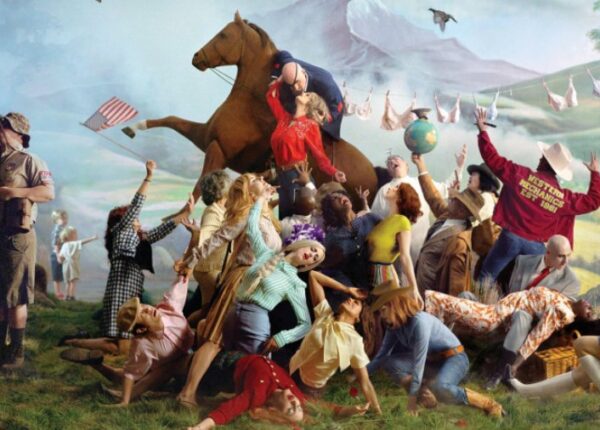Инстаграм National Geographic: наша планета прекрасна!
Снимки National Geographic уже почти сто лет являют собой легенду фотографии. Изображения из инстаграма @natgeo — напоминание нам о том, что наша планета чертовски красива и разнообразна! За один день в аккаунте могут появиться снимки ужина при свечах в Лаосе, орлов, тусующихся со львами в Ботсване, протестов в Балтиморе и эскимоса возле полярного круга.
Смотрите также:
Наша прекрасная планета – вид с орбиты
А вы знали, что у нас есть Telegram?
Подписывайтесь, если вы ценитель красивых фото и интересных историй!
 10 вещей, которые запрещено делать согласно Библии
10 вещей, которые запрещено делать согласно Библии
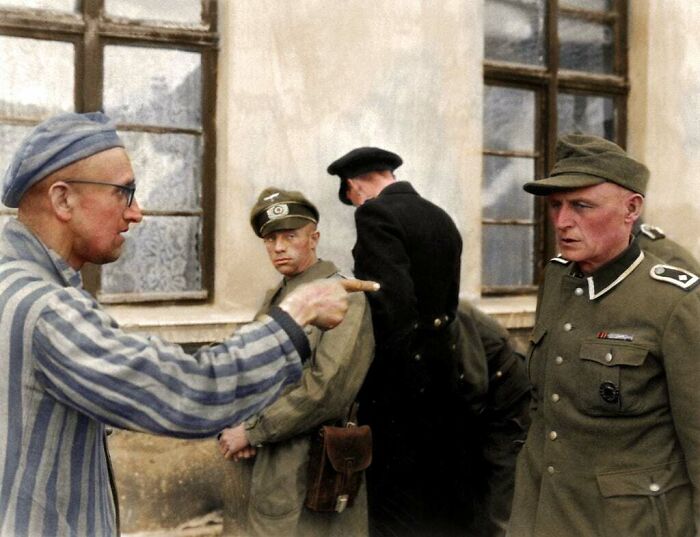 40 архивных фото, которые возможно поменяют ваш взгляд на прошлое
40 архивных фото, которые возможно поменяют ваш взгляд на прошлое
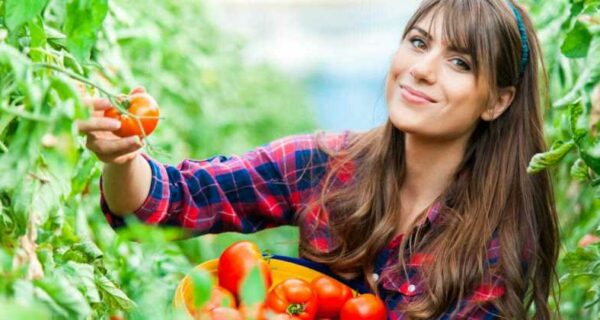 Вы удивитесь, но огурцы и помидоры не относятся к овощам!
Вы удивитесь, но огурцы и помидоры не относятся к овощам!
 22 дурацких изобретения, которые, как ни странно, работают
22 дурацких изобретения, которые, как ни странно, работают
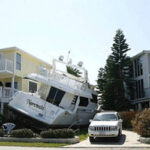 10 кадров, на которых произошла неведомая фигня
10 кадров, на которых произошла неведомая фигня
 22 случая, когда кто-то влез в кадр, сделав его только лучше
22 случая, когда кто-то влез в кадр, сделав его только лучше
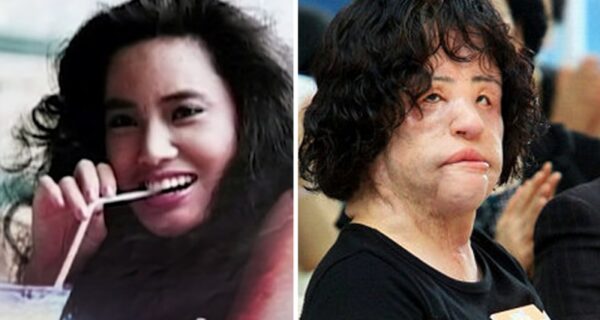 История Ханг Миоку - женщины, которая в погоне за красотой превратила себя в монстра
История Ханг Миоку - женщины, которая в погоне за красотой превратила себя в монстра
 Поразительное сходство голливудских знаменитостей и их исторических двойников
Поразительное сходство голливудских знаменитостей и их исторических двойников
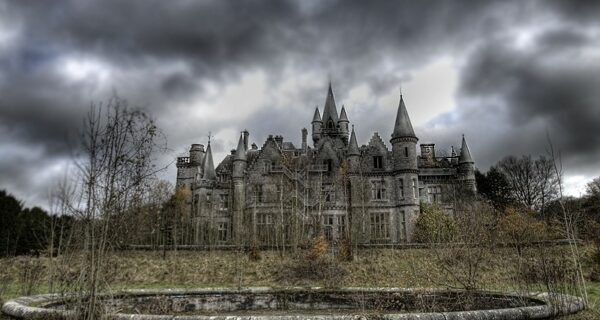 10 мест, покинутых людьми
10 мест, покинутых людьми
 Таинственное исчезновение Гарольда Холта — премьер-министра Австралии
Таинственное исчезновение Гарольда Холта — премьер-министра Австралии




